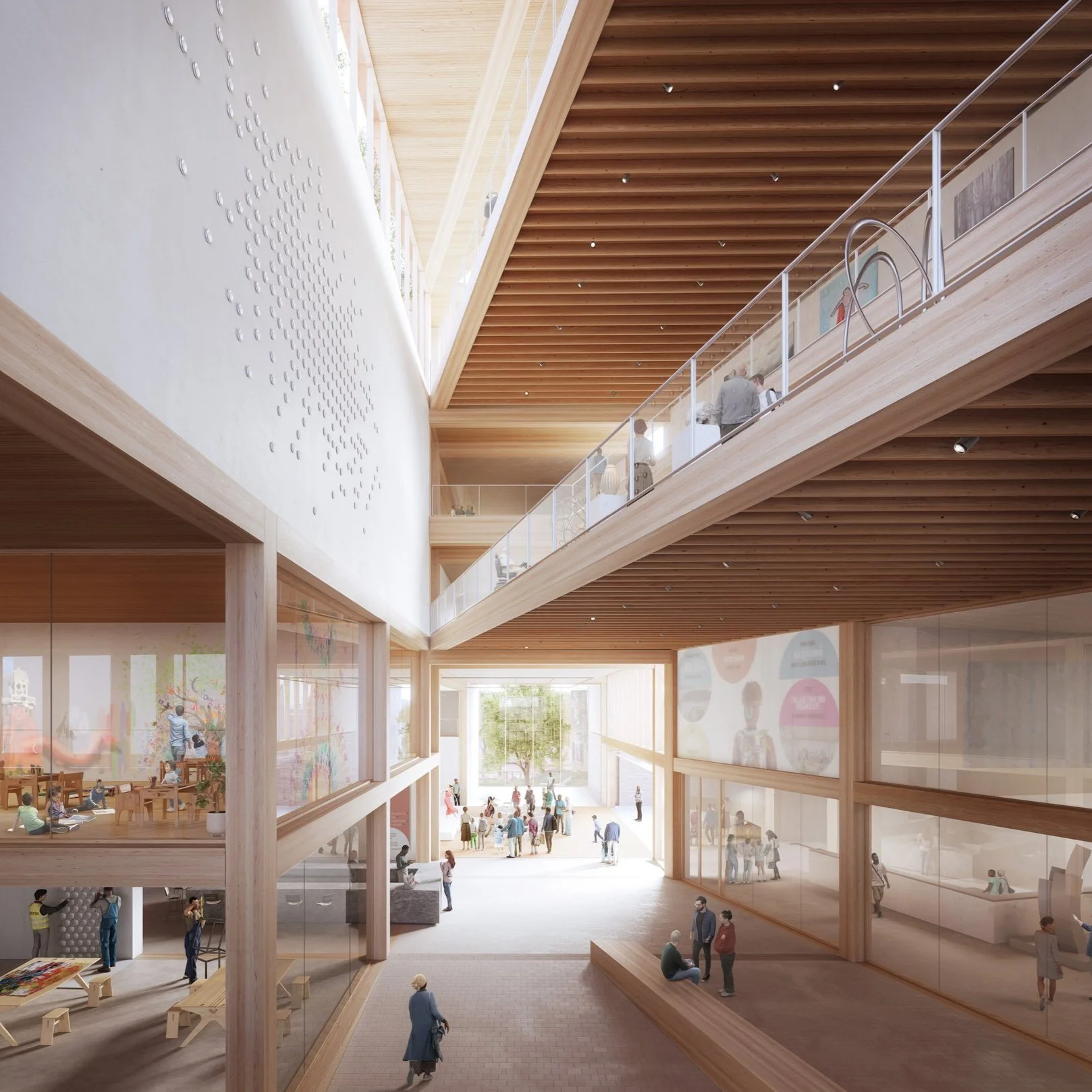Portland Press Herald: A brief history of the Portland Museum of Art
This article appears in The Portland Press Herald.
By Eric Russell
The Portland Museum of Art was founded in 1882 as the Portland Society of Art by a group of local artists. At 140 years old, it’s one of the country’s oldest art museums.
In 1908, author and philanthropist Margaret Jane Mussey Sweat died and bequeathed her mansion, the McLellan House, at the corner of High and Spring streets, which became the museum’s home. Her husband, Lorenzo De Medici Sweat, a lawyer and politician who represented Maine in the U.S. House of Representatives during the Civil War, died a decade prior.
Three years after that gift, the museum contracted with famed New England architect John Calvin Stevens to design a new building, connected by a corridor to the McLellan House. It was named the L.D.M. Sweat Memorial Galleries.
Those two buildings served the museum well for a half century, but its collection kept growing.
Charles Shipman Payson Building
The modern history of the museum was marked by the 1976 gift of 17 original paintings by Winslow Homer, perhaps the most renowned 19th century artist, worth $6.4 million. They were given by Charles Shipman Payson, a Maine businessman who owned the New York Mets professional baseball team at the time.
Payson followed up with an $8 million donation for a new building that could better help display those paintings and others, including a gift of 50 works of art from the Hamilton Easter Field Art Foundation and Edward Hopper’s “Pemaquid Light,” which remains the museum’s most requested artwork by visitors.
The result was the 1983 opening of the Payson Building, the arched-front brick structure most people associate with the museum, facing Congress Square. With 20,000 square feet of gallery space, the collection finally had prominent display, but still the museum continued to grow.
In 1996, Elizabeth Noyce, the philanthropist whose husband co-founded Intel and who created one of the state’s largest charitable organizations, the Libra Foundation, gifted 66 works upon her death. It’s still the most extensive gift of paintings in the museum’s history.
A decade later, the museum acquired another Homer masterpiece, “Weatherbeaten,” which depicts ocean waves crashing on rocks at Prouts Neck, where he lived and worked for the final third of his life. The museum now owns his studio, too, and offers guided tours.
A $12.3 million campaign in 2002 allowed the museum to renovate the McLellan House, which included integrating it with both the Sweat galleries and the Payson Building.
In 2007, the museum purchased the Charles Q. Clapp House, a Greek Revival built in 1832 next to the McLellan House, from the Maine College of Art and also bought that same year a parcel at 87 Spring St. that used to house the YWCA.
Although those acquisitions helped position the museum for the future, the 2019 deal to buy 142 Free St. from the Children’s Museum and Theatre of Maine created an opportunity for expansion that hasn’t previously existed.











